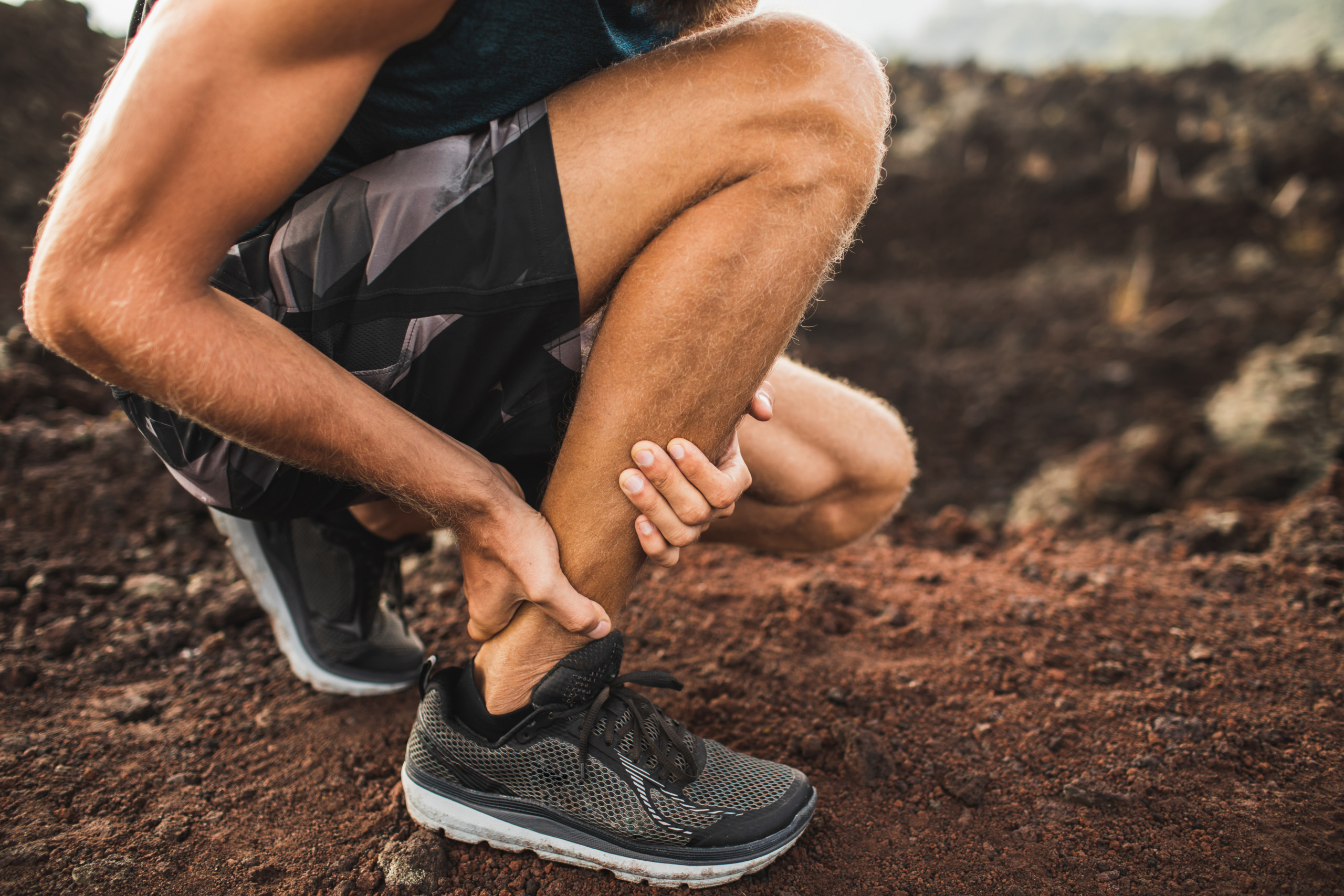Achilles Tendonitis

Common Running Injuries II: Achilles Tendonitis
We continue our journey through common running injuries by exploring Achilles tendonitis. This particular injury is the second most common injury experienced by habitual runners. In this post, I will provide overview of Achilles tendonitis with the intent to increase awareness of signs and symptoms, provide simple home treatment techniques, and promote preventative habits to employ so that you can get the most out of your running.
What is Achilles Tendonitis?
Achilles tendonitis is inflammation of the Achilles tendon as a result of repeated injury (usually tearing).
Symptoms
The main symptom is pain often described as burning or aching in the Achilles tendon 1-4 inches above the heel. The pain is usually worse in the morning and aggravated with prolonged activity. Usually, the Achilles tendon becomes enlarged in comparison to the opposite side. There will also be increased temperature and swelling over the area of injury.
Causes
1. Tight/Weak Calves:
The Achilles tendon is the largest tendon in the body, and it connects the calf in the back of your lower leg to the heel. The calf is comprised of two large muscles, the gastrocnemius and the soleus, which combine to point the foot downward. This motion is an essential part of walking/running, and the calf should supply a large amount of the force necessary for a proper push off. However, when a muscle is weak or tight, the muscle is in a state of restriction. A restricted muscle does not have as much force production as it should, because the muscle fibers are less able to cross and create a quality contraction. As a result, when there is increased demand on a restricted muscle, the muscle will accumulate stress and tension. Tension will accumulate in the non-contractile portion of the muscle, which is the tendon. Bottom line, running places a lot of demand on the calf. Therefore, when the calf is restricted, it will be subject to an enormous amount of stress when running is brought into the equation. Continued stress will break down the tendon, and it will be subject to repetitive tearing and thus a chronic inflammatory process.
2. Abnormal Foot Structure:
More research is coming out that is linking “abnormal” foot structure to the prevalence of Achilles tendonitis. What defines an abnormal foot structure you ask? That is a hard question to answer, as there are a lot of variables at play. The thing is, there is no such thing as a “perfect” foot. They all come in different shapes and sizes. The way I like to look at this is by asking how mobile is the foot and ankle. There are definitely structural characteristics of some feet that will make them susceptible to developing pathological hypomobility. The foot is the first line of shock absorption of the kinetic chain. There are 33 articulations in the foot alone, each one important for proper force distribution when load is being placed through the lower extremity. The less mobile these joints are, the more force will be translated up the kinetic chain. Sometimes that excessive force will accumulate as stress and tension in a muscle or joint, suck as the Achilles tendon.
3. Weak Glutes/Hips:
Weak glutes and hips can lead to a myriad of musculoskeletal conditions, including Achilles tendonitis. The weaker the glutes and less stable the hips are, the more distal muscles will be called upon to compensate. This can sometimes lead to overutilization of the calves to promote hip extension with walking/running. As you can imagine, this is multiplied especially for an activity like running as it involves repetitive eccentric loading of the lower extremities for prolonged periods. When muscles are overused, they will be in a state of increased tightness and restriction, thus leading to accumulation of stress and irritation to the musculotendonous junction, the Achilles tendon.
Treatment
Proper treatment of Achilles tendonitis involves identifying and addressing the root causes to ensure proper rehabilitation and prevention.
Promote Flexibility
Promote Flexibility of Foot
Strengthening Calf
Strengthen Glutes and Hips